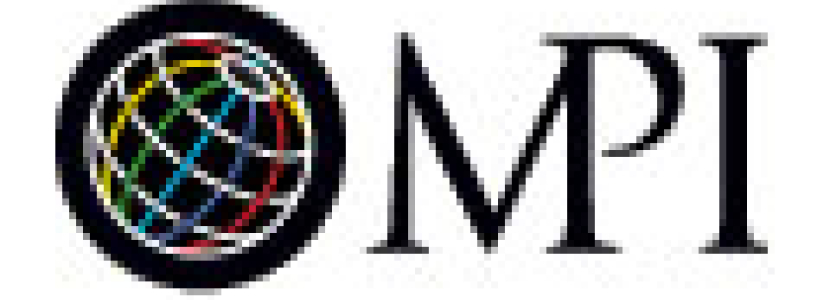
There’s one thing that all meeting professionals have in common these days: the need for creative solutions. We have to solve problems with scant budgets and slim schedules. We have to reinvent meetings, venues and events. In the past, we needed perseverance, but today we need to be as creative as possible.
Where will this creativity come from?
According to professor, comedian and all-around philosopher John Cleese, creativity is a matter of practice and technique. I spent a day with him in early June in the United Kingdom. We were both keynote speakers at the Yorkshire International Business Convention. He explained to me that creativity was something that we unleashed and that it wasn’t as random or mystical as one would think.
Currently, he’s a visiting professor of psychology at Cornell University. Many of us think of him as the hilarious lead in Faulty Towers, a classic British comedy show on BBC. He told me that the TV show came from a video he produced for a hotel chain. He was showing them how not to run a hotel with this training video, and it was so funny that it eventually made its way to the airwaves and into our homes.
During the day, he revealed several creative techniques to me (and about 1,500 audience members). Each one can dramatically increase your ability to harness what Cleese calls “the intelligent mind.”
First, schedule your creative solution/creativity time and wall out any distractions. He explained that creativity requires intense focus, and you likely need to schedule a few hours to harness one good 60-minute streak. Each interruption, be it an e-mail or a phone call, will cost you dearly. In the beginning of a session, your mind will likely clutter with random thoughts. Let them pass, and if some urgent to-do pops up, write it on a sticky note and tell your mind to relax and focus on the problem.
Second, slow down your thinking process. Here’s an exercise he offered: Close your eyes for 60 seconds and just contemplate your thoughts. Go ahead, put down this magazine and do it. Cleese points out that you likely had a variety of thoughts, but if one of them was, “Let’s get on with it, I don’t have time to waste,” you are going to have a hard time being creative. He advocates leveraging what author Guy Claxton calls “the tortoise mind.” This is the deliberate, plodding mind that takes time to assimilate data and make associations. Spend time creating, and don’t focus on saving time and being efficient.
Typically, we use the hare-brain and motor quickly from point A to point B. According to Cleese, you aren’t giving yourself time to stretch your imagination. In our culture, we often associate someone sitting back thinking with someone goofing off.
“If Albert Einstein had his feet on his desk,” Cleese points out, “no one would accuse him of loafing!”
Third, delay making creative decisions. Play around with the problem with the patience of a child trying to solve a word puzzle. Have fun with the problem, and don’t rush the creative process. Don’t speed to a final decision, and you’ll get extra data and an expanded perspective as a result. He revealed a U.S. study of architects that found that the most creative ones all had one thing in common: they were playful about work and deferred on final design decisions as long as possible.
Fourth, work all day on a problem, then sleep on it to arrive at a breakthrough. Now that you are putting off your decisions, it is easy to let a creative session bleed through from one day to the next. Cleese pointed out that in his experience working on comedy sketches or corporate training projects, sleep provided another window of working opportunity. His mind worked on the problem while the body rested. The mind chipped away at the issue and associated unrelated objects all night.
When he woke up the next day and returned to the problem, in many cases he found that there was no problem at all—he just needed the break room to get the right take on it. It’s not enough to give your mind an assignment and hit the hay, though. You have to put in the work during the day to load your head with the facts, figures, issues and ideas that can all come together into an aha moment. If you need same-day creative solutions, then go to lunch and come back later to review your work. When working on Monty Python sketches, he found that this was the litmus test for great comedy—was it still funny after lunch?
Finally, limit collaborative writing to three people. In fact, according to Cleese, the best writing team consists of only two people. Each additional person adds complexity to the writing and eventually it is a compromised document that is much more political than creative. You can gather input from many people, but a small team of two or three will best put it into words. This is true for a speech, brochure copy or any document you produce in your meeting life.
One of the best perks of being in the meetings business is meeting brilliant people, many of them speakers. John Cleese is a gift to the creative community, and after trying his advice out for a week, I’m already seeing a huge jump in my creative powers. Try them out too, and let me know how it goes!
TIM SANDERS, a top-rated speaker on the lecture circuit, is the author of Saving the World at Work: What Companies and Individuals Can Do to Go Beyond Making a Profit to Making a Difference (Doubleday, September 2008). Check out his Web site at www.timsanders.com.




